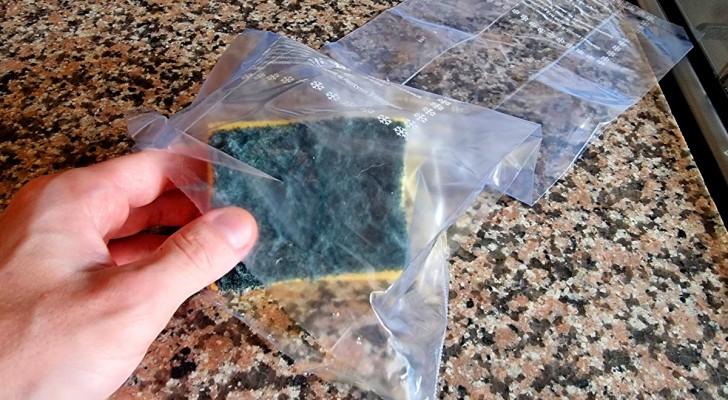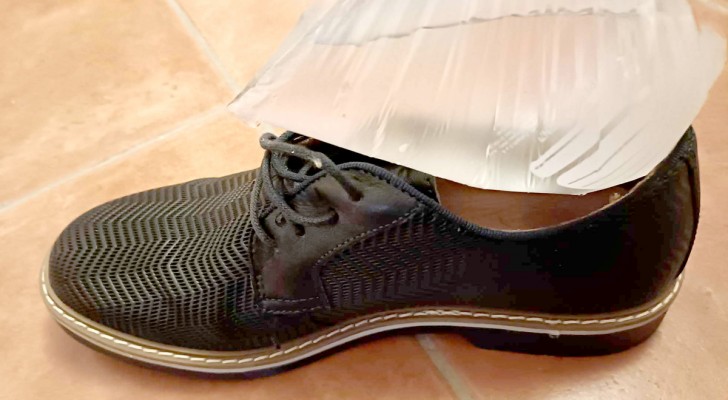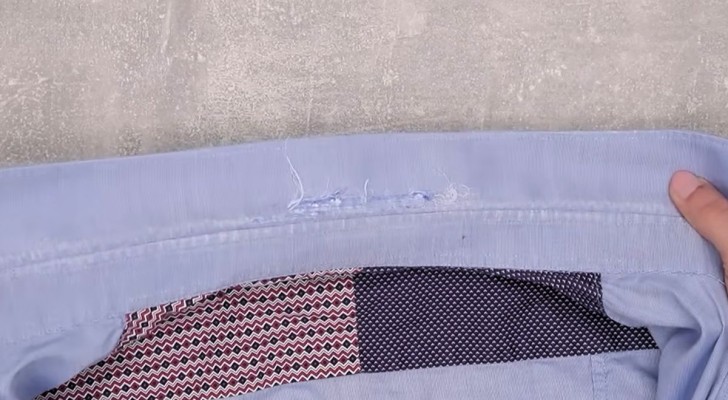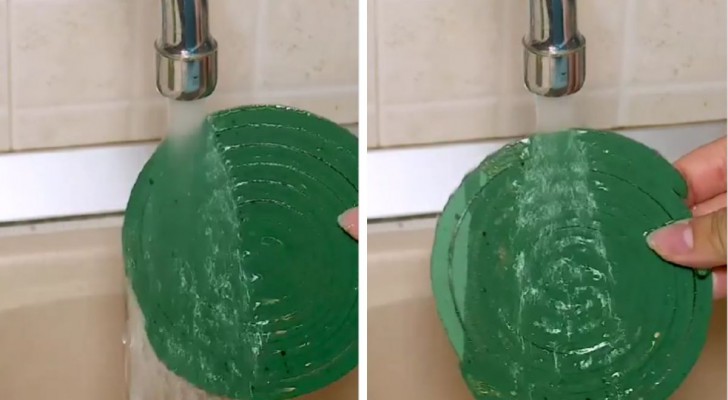Humidity in the home: how to counteract it and eliminate mold
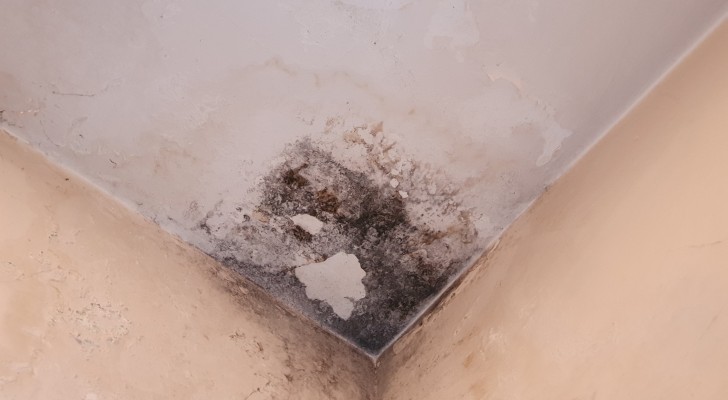
Moisture and humidity in the home is a health hazard and can manifest itself in various ways. Sometimes, we will notice dark spots on the ceiling or walls - especially in basements, or other dark rooms which are poorly ventilated and not exposed to sunlight. The presence of these stains indicates that there is a mold in the house, and its spores can spread easily, causing serious health problems.
This situation can also affect the furniture and everything we find inside the home, compromising even valuable assets. When we begin to notice the signs - such as spots of humidity that are not yet dark - we must immediately investigate the cause and sort it out.

Creativo
Understanding the problem that causes humidity and mold is fundamental. It is therefore useful to have meters that indicate the level of humidity in the air: every time the levels exceed 55%, an alarm will go off to remind you to reduce the humidity levels in the home. Check for any damage to the water system, pipes, or malfunctions in the ventilation system of the house or the temperature control system.
Once the cause of the mold is eliminated, and with humidity levels back under control, action must be taken to kill the spores. If the problem is extensive, it is best left to professionals. If it is contained, then you can opt to use specific products or some other DIY remedies. In the latter case, you have these choices:
- Classic bleach: this is the most "aggressive" remedy, to be used with all necessary protection and precautions (especially masks and gloves). Soak the affected area with the bleach. You may have to do this several times. Vacate the rooms after each application, and only re-enter when the bleach has dried up. It is very important to ventilate the rooms, keeping windows open or placing a fan to circulate the air.
- Hydrogen peroxide: pour a 3% solution into a spray bottle, spray on the area to be treated and leave on for at least 20 minutes, then scrub off with a sponge. The tools you use will need to be sanitized and disinfected too (or thrown away).
- White vinegar: pour hot water into a spray bottle and add a few tablespoons of vinegar, then spray the mix on the stains and let it act for a few minutes before scrubbing off with a sponge.
- Borax: dissolve a teaspoon of borax in a small bowl of water, and with a brush spread it all over the moldy spots. Leave it to act for an hour, possibly repeating the treatment in the following few days, if necessary.
- Tea tree essential oil: this is the mildest remedy - perhaps best used as a preventive method, as it takes longer. You need to put a few drops into a bottle of water to spray on the affected area, letting it dry properly (and without wiping it away).
Only when the spores have been killed and the entire wall or ceiling is dry, can you proceed to repaint.
In rooms where there is a greater risk of humidity, you can also place bowls of salt or baking soda (to be emptied periodically), or, even better, use a plastic bottle to make a DIY dehumidifier: cut off the top of the bottle and insert it into the bottom, inverted so that the mouth is facing downward; then fill with coarse kitchen salt and leave the container in the room where you need it.
Always take care to ventilate every room in the house, let in as much natural light as possible and use all the remedies that can help you avoid excess humidity. This will benefit everyone's health the ensure the integrity of the house and the furnishings.

